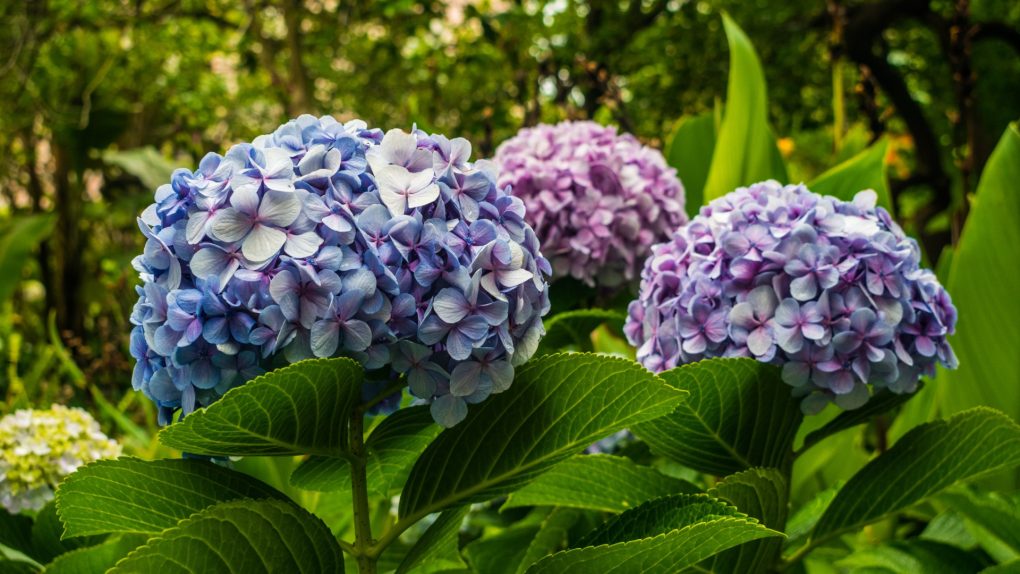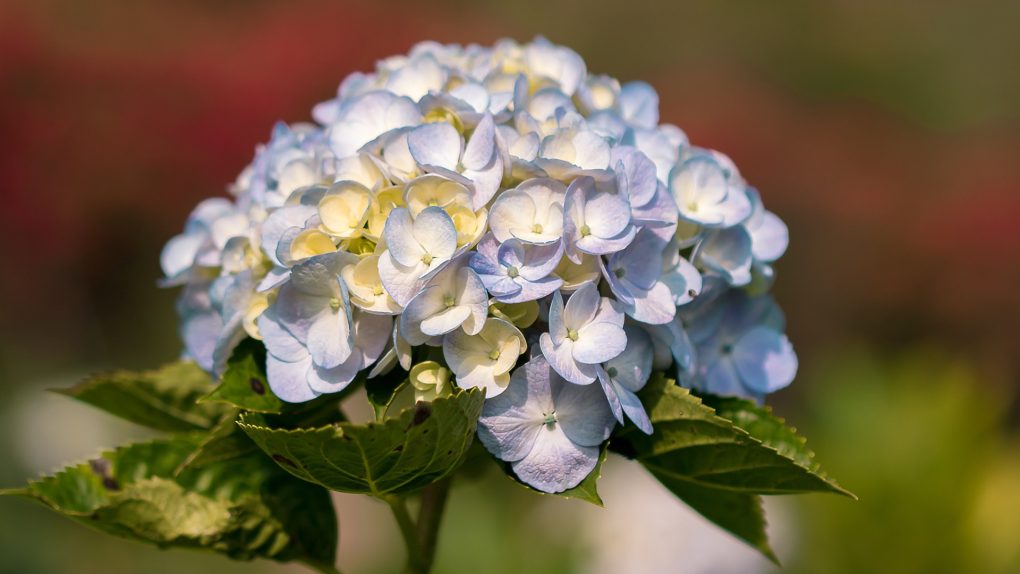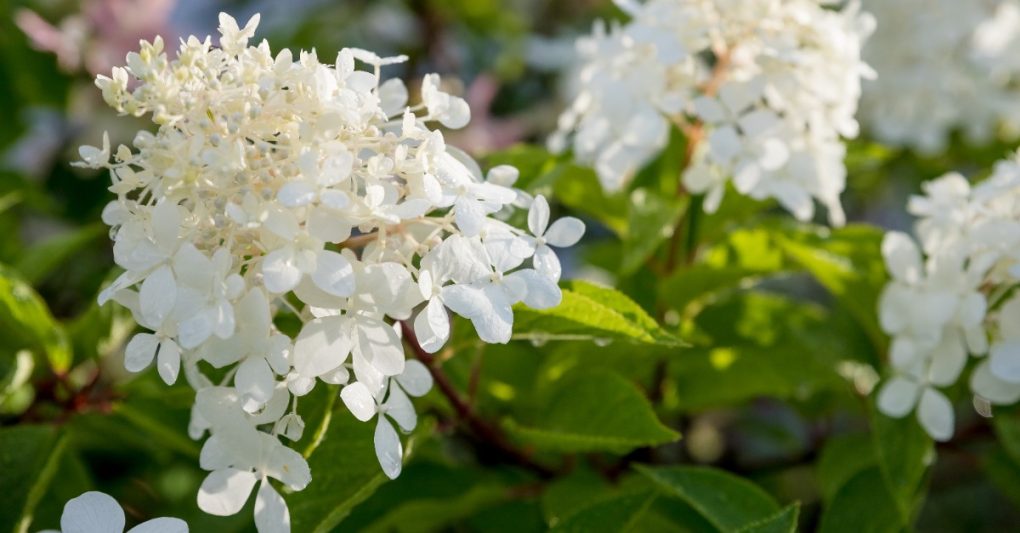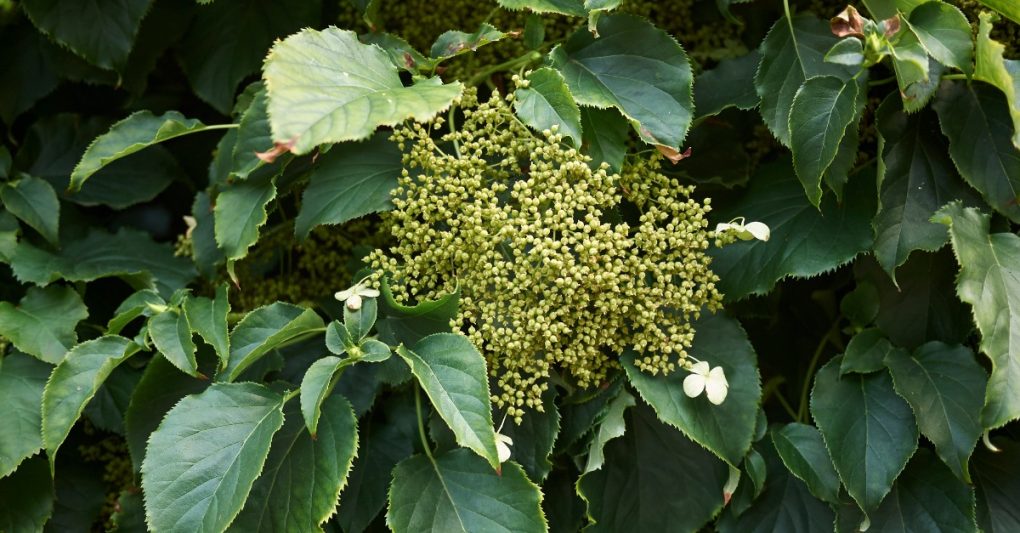Do Hydrangeas Bloom on New or Old Wood? Explained.
Hydrangeas are a popular flowering plant known for their large, showy blooms. One of the most important factors in caring for hydrangeas is knowing whether they bloom on old or new wood. This distinction is crucial because it determines when and how the plant should be pruned.

Old wood refers to the previous year’s growth, while new wood refers to the current year’s growth. Hydrangeas that bloom on old wood should be pruned immediately after flowering, while those that bloom on new wood can be pruned in late winter or early spring. A hydrangea can lose its blooms if pruned at the wrong time, so it’s important to know its type before attempting to prune it.
Hydrangeas bloom on both new and old wood, depending on the species. The process of flowering relies on the type of hydrangea in question. There are two main groups: trees that bloom on old wood, and trees that bloom on new wood.
Hydrangeas that bloom on old wood, such as Bigleaf (Hydrangea macrophylla) and Oakleaf (Hydrangea quercifolia), produce their flower buds the year before they bloom. Alternatively, hydrangeas that bloom on new wood, like Panicle (Hydrangea paniculata) and Smooth hydrangeas (Hydrangea arborescens), develop buds on the current season’s growth. By understanding the type of hydrangea you own, you can understand the best time and method for pruning to maximize their blooming potential.
Table of Contents
Hydrangea Types and Bloom Time
Hydrangeas are a popular flowering shrubs that come in a variety of types. Understanding the bloom time for each type can help you properly care for them and ensure they produce beautiful blooms.
Hydrangea Macrophylla

Hydrangea macrophylla, or bigleaf hydrangea, is a popular hydrangea that blooms on old wood. This means the flower buds are formed on the previous year’s growth. Pruning this type of hydrangea at the wrong time can result in a loss of blooms. It is best to prune after the flowers have faded, but before the new growth begins in the spring.
Bigleaf hydrangeas come in two types: mophead and lacecap. Mophead hydrangeas have large, round flower clusters, while lacecap hydrangeas have a flatter cluster with small flowers in the center and larger ones outside.
Hydrangea Paniculata
Hydrangea paniculata, also known as panicle hydrangea, is a type of hydrangea that blooms on new wood. This means the flower buds are formed on the current year’s growth. Pruning this hydrangea in the late winter or early spring can help promote new growth and ensure plenty of blooms.
Panicle hydrangeas have cone-shaped flower clusters that can range in color from white to pink to red. They are also more tolerant of full sun than other types of hydrangeas.

Hydrangea Arborescens
Hydrangea arborescens, also known as smooth hydrangea, is another type of hydrangea that blooms on new wood. Pruning this hydrangea in the late winter or early spring can help promote new growth and ensure plenty of blooms.
Smooth hydrangeas have large, round flower clusters typically white or pale pink, and are also more tolerant of colder climates than other hydrangeas.
Hydrangea Quercifolia
Hydrangea quercifolia, also known as oakleaf hydrangea, is a type of hydrangea that blooms on old wood. This means that the flower buds are formed on the previous year’s growth. Pruning this type of hydrangea at the wrong time can result in a loss of blooms. It is best to prune after the flowers have faded, but before the new growth begins in the spring.

Oakleaf hydrangeas have large, cone-shaped flower clusters typically white or pink, and unique foliage resembling oak leaves, hence the name.
Pruning Hydrangeas
Pruning is an important aspect of hydrangea care. It helps to maintain the health and vigor of the plant, as well as shape and size. Proper pruning can also encourage the growth of new wood hydrangeas, which produce large flowers on new growth. In this section, we will discuss when and how to prune hydrangeas.
When to Prune Hydrangeas
The timing of pruning depends on the type of hydrangea. Old wood hydrangeas bloom on the previous year’s growth, while new wood hydrangeas bloom on new growth.
| Type of Hydrangea | When to Prune |
| Old Wood Hydrangeas (e.g. Bigleaf, Oakleaf, and Climbing) | Prune after flowering in the summer |
| New Wood Hydrangeas (e.g. Panicle and Smooth) | It is best to prune late winter or early spring before new growth appears |

How to Prune Hydrangeas
The method of pruning also varies depending on the type of hydrangea. In general, pruning should be done with clean, sharp tools to prevent damage to the plant.
● Old Wood Hydrangeas: Only prune to shape or remove dead wood, avoiding removing too much wood, as this can reduce flowering.
● New Wood Hydrangeas: Cut back the entire shrub to a height of 12-18 inches, leaving a few buds on each stem. This will encourage the growth of new shoots and larger flowers.
It’s important to note that not all hydrangeas need to be pruned. However, some varieties, such as Annabelle, can be left to grow naturally without pruning.
